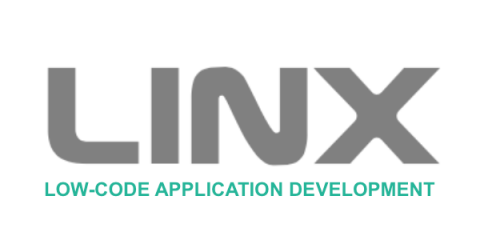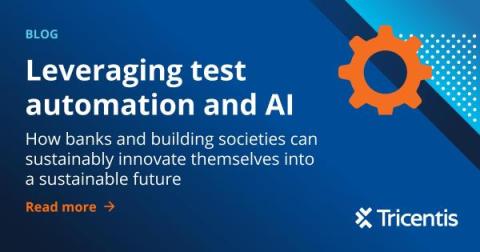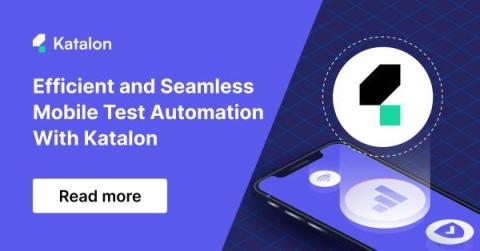Systems | Development | Analytics | API | Testing
Automation
Take your data from any source to any target
A common data development task is to move data from a target to a source. It can be a time consuming and tedious process when you have many sources or many targets of different types. This task can be made more complex when you add an automation component. These tasks can be made much quicker and easier to manage when using the right tool, for example Linx. This article will look at exactly how you can read and write data from these different sources.
Load Any Source to Any Target | Data
Shifting to Test Automation | AI in Automation Testing | Ritu Chowdhary | #automationtesting
Mastering Automation Through the Power of Documentation
We've said it before and we'll say it again: Visible APIs get reused, not reinvented. Ensuring that developers can easily work with APIs is essential. To make this happen, we need to provide them with clear documentation and helpful resources. That's where SwaggerHub Portal comes in, simplifying the process and making it easier for developers to get the job done.
Leveraging test automation and AI: How banks and building societies can innovate themselves into a sustainable future
First published on the BSA site along with DXC Technology Data analytics and generative AI are revolutionizing the approach organizations take to software development, testing, and delivery, enabling standardization and scalability across the board, including test automation and management. Like other sectors, financial institutions struggle to match the rate of transformation necessary to maintain a competitive edge.
Efficient and Seamless Mobile Test Automation with Katalon
Mobile test automation has become a crucial aspect of software testing due to the increasing popularity of mobile devices. However, the lack of simple and focused toolsets has resulted in a gap in the availability of effective mobile test automation skills in the industry.











